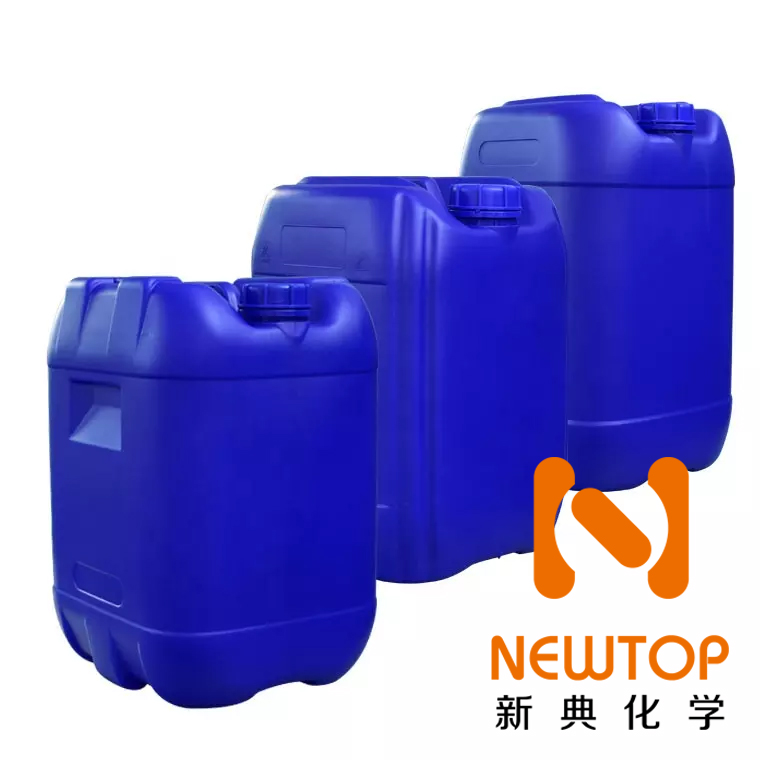A Comprehensive Understanding of Polyurethane Catalysts
Date:2024-04-11 Categories:News
Polyurethane catalysts are substances that accelerate the chemical reaction involved in the production of polyurethanes, a class of versatile polymers used in a wide range of applications. This article aims to provide an in-depth understanding of polyurethane catalysts, their types, mechanisms of action, and applications.
Polyurethane catalysts play a crucial role in the polymerization process, where they facilitate the reaction between isocyanates and polyols to form polyurethanes. The choice of catalyst significantly influences the properties of the resulting polyurethane, such as its curing time, density, and mechanical strength.


Polyurethane catalysts can be broadly classified into two types: amine catalysts and metal catalysts. Amine catalysts are the most commonly used due to their high activity and versatility. They include primary, secondary, and tertiary amines, each with different reactivity and selectivity. Primary and secondary amines tend to react more rapidly with isocyanates, making them suitable for applications requiring fast curing times. Tertiary amines, on the other hand, are less reactive but offer better control over the reaction, making them ideal for applications requiring slower curing times.
Metal catalysts, such as tin, bismuth, and lead compounds, are also used in the production of polyurethanes. These catalysts are typically more active than amine catalysts and can provide faster curing times. However, they are also more sensitive to moisture and other impurities, which can affect their performance.
The mechanism of catalytic action in polyurethane production involves several steps. First, the catalyst promotes the reaction between the isocyanate and polyol to form a urethane linkage. This reaction releases heat, causing the mixture to expand and form a foam. The catalyst then continues to promote the reaction, leading to the formation of more urethane linkages and the growth of the polymer chain.
Polyurethane catalysts have numerous applications in various industries. In the furniture and bedding industry, they are used in the production of flexible foams for cushions and mattresses. In the construction industry, they are used in the production of rigid foams for insulation and in the formulation of coatings and adhesives. In the automotive industry, they are used in the production of seats, dashboards, and other interior parts.
The choice of catalyst can significantly affect the properties of the resulting polyurethane. For instance, using a fast-reacting catalyst can result in a polyurethane with a high density and a short curing time, making it suitable for use in rigid foams. On the other hand, using a slower-reacting catalyst can result in a polyurethane with a lower density and a longer curing time, making it suitable for use in flexible foams.
In addition to their role in foam production, polyurethane catalysts are also used in the production of polyurethane coatings, adhesives, and elastomers. In these applications, the catalyst helps to control the curing time and the physical properties of the final product. For instance, in the production of polyurethane coatings, the catalyst can influence the coating’s hardness, flexibility, and resistance to chemicals and UV light.
In conclusion, polyurethane catalysts are essential in the production of polyurethanes, facilitating the reaction and influencing the properties of the final product. With the increasing demand for polyurethanes in various industries, the development of more efficient and environmentally friendly catalysts is a key area of research. As our understanding of these catalysts continues to grow, so too will their potential applications and benefits.
However, the use of polyurethane catalysts also presents some challenges. For instance, the catalyst residues can affect the properties of the final product, potentially causing discoloration or reducing its thermal stability. Therefore, it is crucial to carefully select the catalyst and control the reaction conditions to minimize these effects. Furthermore, the handling and disposal of these catalysts, particularly metal-based ones, need to be managed carefully due to their potential toxicity and environmental impact. Despite these challenges, the benefits of using polyurethane catalysts in terms of efficiency, productivity, and versatility make them an indispensable tool in the polyurethane industry.
Recommended Reading:




